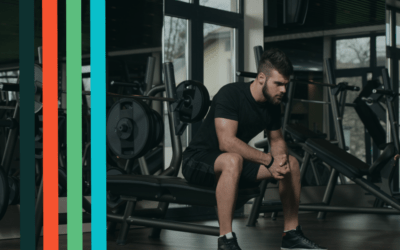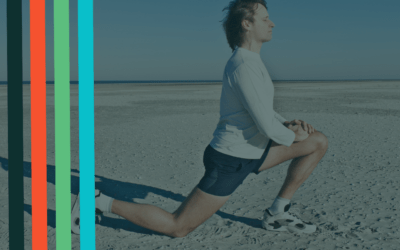Introduction
During the very early stages of the pandemic, you might have been like me and thought: “This is so nice to be home a little more! It feels like a break from the hectic regular schedule!”.
It’s true. Staying at home for the first month, although stressful financially for those of us who don’t typically make our incomes from salaries and sitting at a desk, felt like a much needed decompress from the busy face-to-face schedule and the constant running around between jobs.
After the first month, I started to get nervous. For me, working out (running and strength training primarily) are the things that help me feel good physically and mentally. Being strong makes me feel capable, keeps me at a good body composition for my health, and helps me tackle the day-to-day demands of my job which involves a lot of lifting and standing. But, I started to get nervous because in our tiny apartment with no air conditioning, we only had a mat, a few bands, and a set of power blocks, and the summer was about to get really hot, and my workouts really boring, if this pandemic thing continued.
It turned out that it would continue for a long time… and my daily routine of working out dropped off. I didn’t have a program to follow, and I lacked motivation with the uncertain times. I started to lose strength; my body started to hurt.
Making a plan
It was then that I noticed that others were feeling the same thing. Clients that previously trained with us or at other gyms were feeling unmotivated as well, lacked the equipment necessary to keep up their previous strength levels, and so the light bulb switched on. I started to build a better $20 Strength Club for myself and my clients, and realized that because of the equipment shortages and production hold ups that came along with the pandemic, that there was also a need for an equipment-less program, for those who couldn’t access any weights.
Fast forward almost 2 years and not only has the $20 Strength Club taken off, but many people are adjusting their gyms set ups in anticipation of one of three potential things happening:
1) The pandemic returning for the “nth” time
2) The possibility of other future pandemics isolating us into our homes again
3) Gym equipment going back up in price as demands drops in comparison to 2020.
The lesson I learned about myself might be relevant to you too. Because our minds are now adjusting to these 3 new possible outcomes, for many, it is a smart and necessary move for them to set up a full home gym. Not only is this a great move in preparation of potential future closures or shortages, it also sets up an easier access point to fit in workouts when our lives get busy. We have a home gym since this past Fall, and it has helped us fit in more consistent workouts as a result.
How to set up your $100-1000 home gym
With all that said, if you’re looking to set up some consistency in your training routing or protect yourself from losing strength gains in the future, check out this YouTube video our friend (and $20 Strength Club client) made on how to do so:
A note about $20 Strength Club
Recently, we were featured on this YouTube channel as one of the top 5 free workout aps to try (since we do have a free trial of the $20 Strength Club). See it here:
https://www.youtube.com/watch?v=IYICal_qeB4&t=176s
Admittedly, I love the $20 Strength Club option for those who have motivation to train from home, and because there’s a No-Equipment version, it is great for those not looking to invest in any equipment at all, only the program to follow.
If buying local is up your alley, buy your programming from a local company like ours, like this budget-friendly one.



